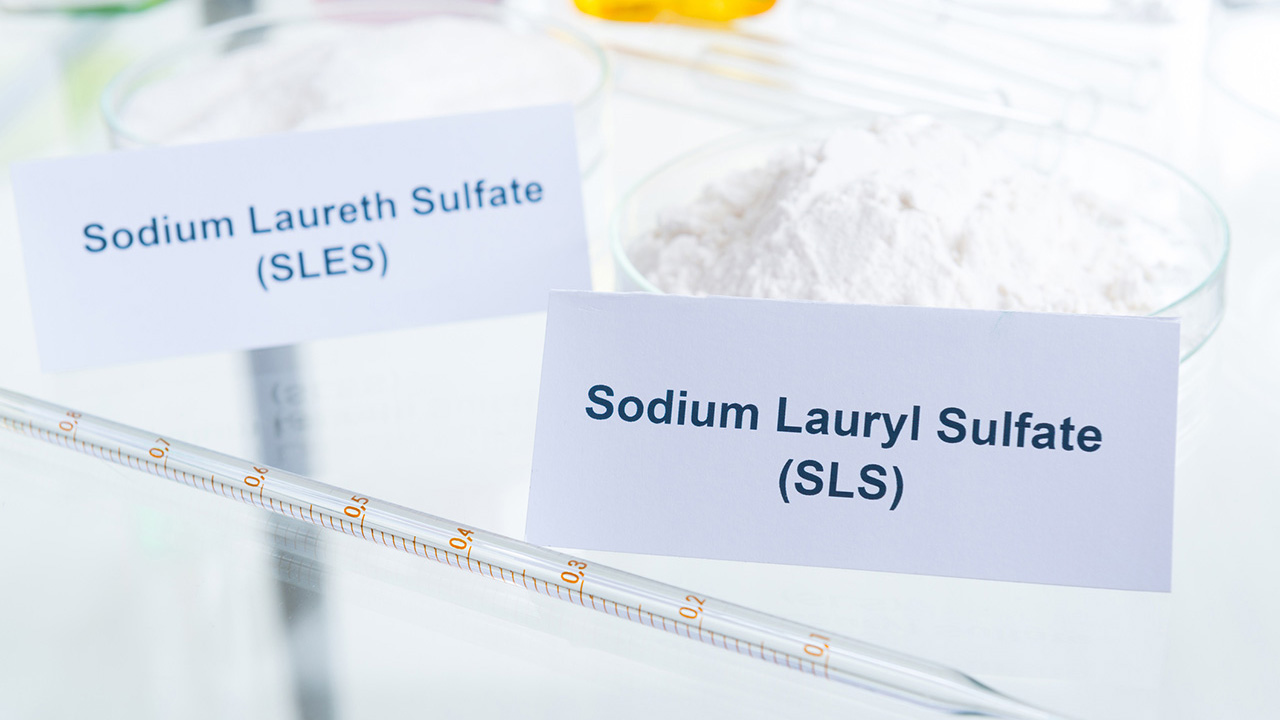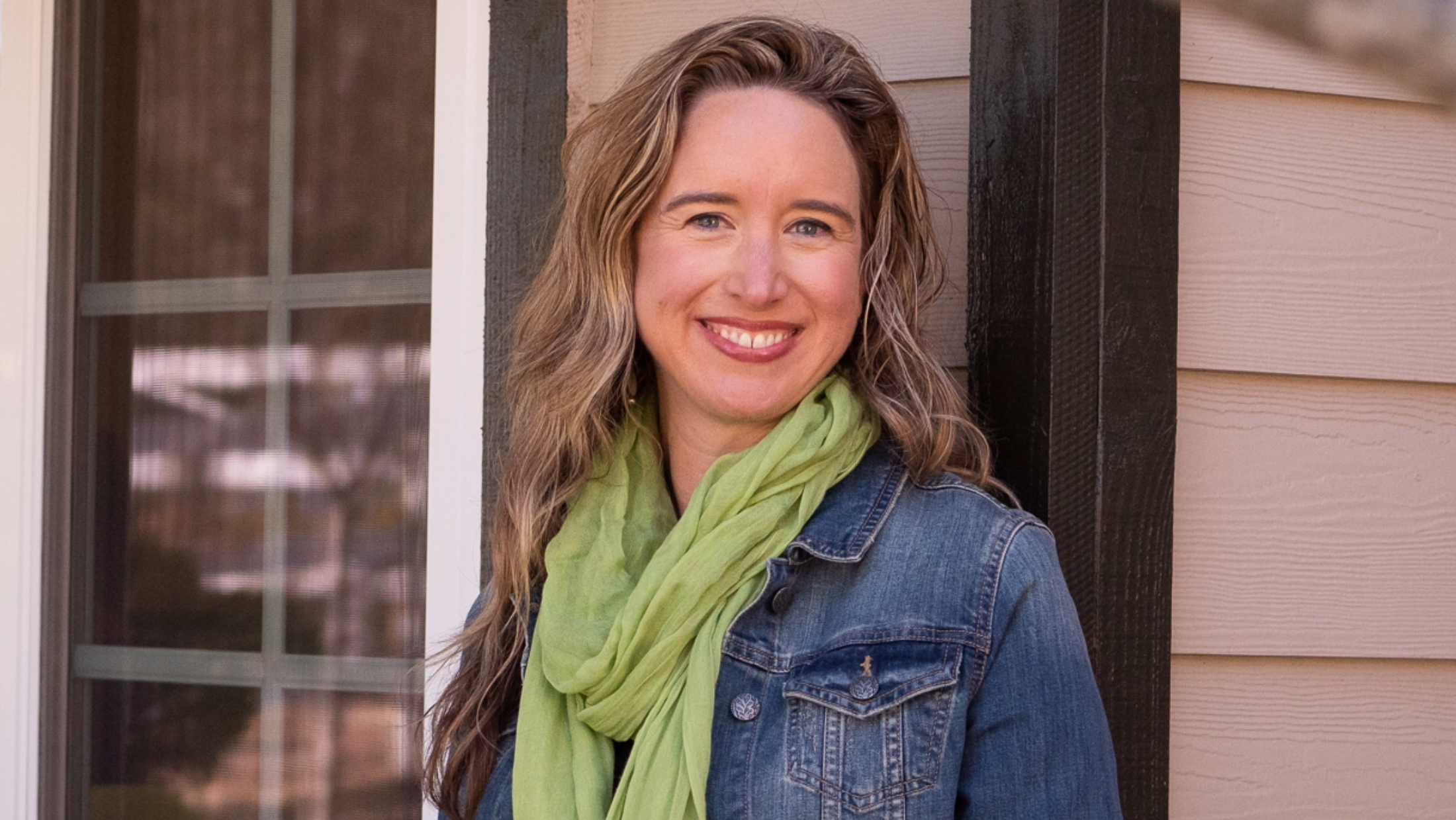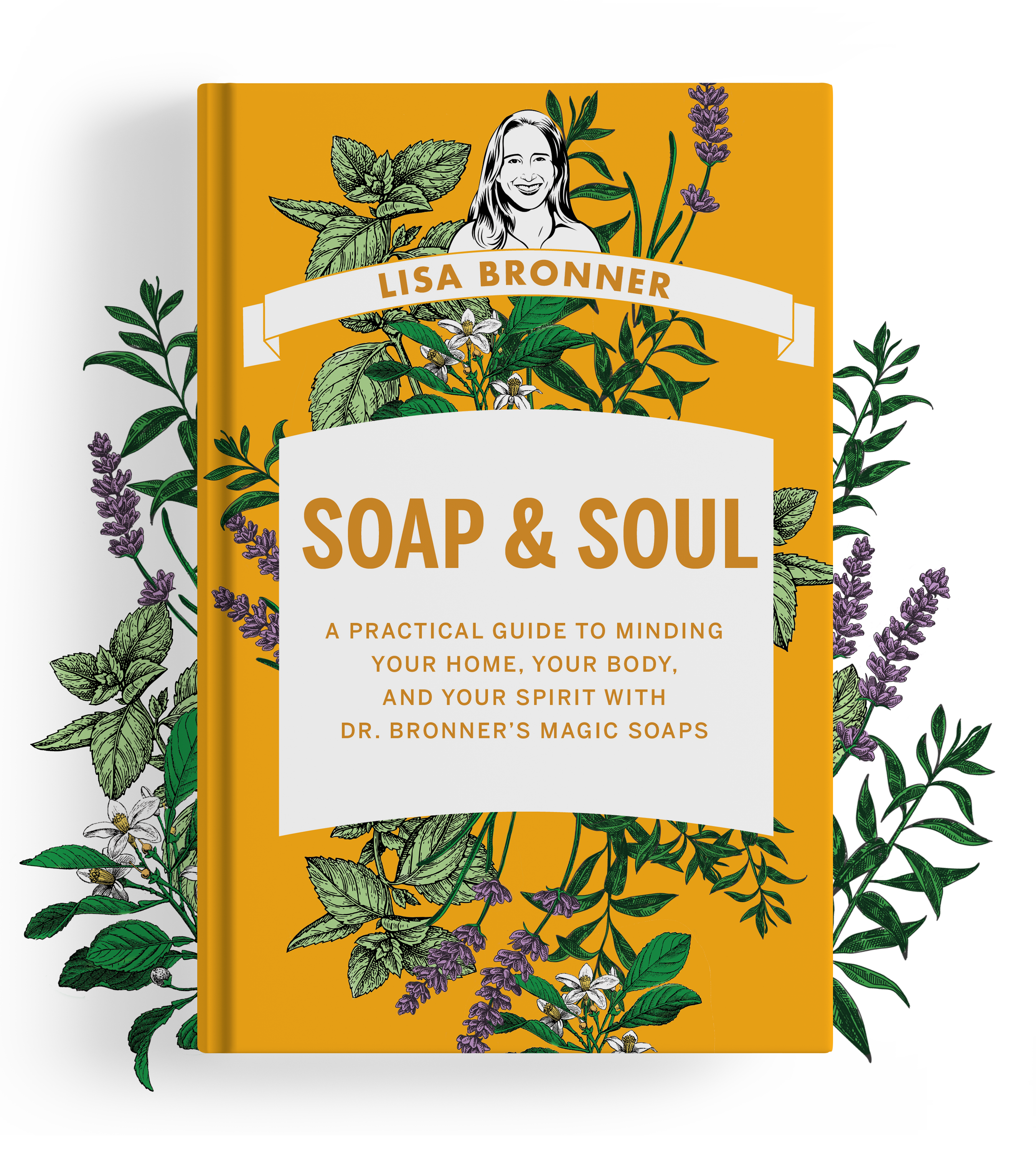
I now duck as the tomatoes start to fly.
You might call it a brilliant stroke of marketing genius. You might call it a widespread hoax. Sodium Lauryl Sulfate (SLS) is surrounded by some of the greatest confusion and mis-information in the industry. In short, SLS has a very bad reputation, and it is such a phenomenon that I think somebody should write a book on it. It has become more vilified than any other chemical in body care, while those that are much more problematic pass freely beneath the radar.
The most damaging claim against SLS is that it is carcinogenic, because it supposedly creates nitrosamines. However, since it contains neither a nitrogen nor an amino group, this is chemically impossible.
SLS is in our Sal Suds all purpose cleaner, and here’s what we say about it on the bottle: Sodium Lauryl Sulfate (SLS) is a surfactant that cuts grease and dirt, generates copious suds, and biodegrades quickly and completely. SLS is made by combining a sulfate group with lauryl alcohol from coconut oil, then attaching sodium. If improperly formulated, SLS can irritate skin, but our superb formula uses lauryl glucoside to counter this.
Sal Suds is a mild, synthetic detergent, not a body care product. SLS does not, and never has, appeared in any of our soaps since the saponified vegetable oils in our Castile Soaps are much, much better for our skin, and can be certified organic. SLS is synthesized (read “man made” or “processed”) even though it does have a coconut base.
I think this research article does a clear job of addressing the various rumors and concerns about SLS. Whether you’ve heard the one about cataracts or the one about cancer or perhaps something else, take a moment to read the science behind the situation. Even the Environmental Working Group, known for its tight rein on hazards in consumer products gives SLS its lowest hazard rating of “1.”
I don’t know who or what started all the fuss. There’s some idea that the initial claims were written by a company making a rival chemical to SLS. Or perhaps it’s that SLS is such an effective cleaner even in really greasy jobs, there must be something malignant about it. Or it could have been an understandable mix-up with sodium laureth sulfate, which is indeed linked to carcinogens (see my next blog on the “-eth’s”). Nevertheless, the rumor about its carcinogenic power spread like wildfire over the web, assisted by the general public’s accurate and growing suspicions that body care companies were lying to them.
Unfortunately, SLS became the scapegoat for these suspicions, and real culprits slipped by. Huge corporate body care companies took full advantage to extract as many dollars as they could out of this paranoia. Soon, the onslaught of “SLS-Free” products hit the shelves in Whole Foods, Wild Oats, and other natural stores. The thing is, many of the other ingredients in these products were petroleum based, and much more harmful to the body and the environment than SLS. However, with this artificial “SLS-Free” distinction, these green-washed products soon became best-sellers even within the super-green community.
That is why the whole SLS panic really bothers me. Aside from the fact that most of it is untrue, it is being exploited by the most unscrupulous companies. Frequently, chemical magazines contain articles about how to replace SLS in body care products with petroleum based water softeners. Trust me when I tell you that petroleum based water softeners are worse.
When SLS is not formulated properly, it can be an irritant to the skin. And since I can’t vouch for how it is formulated by each company that uses it, I avoid it across the board in all body care products. It should never show up in certified organic products. However, it appears in almost every conventional toothpaste and shampoo, and even in many that are sold by “natural” brands. Since there are tentative links to causing canker sores in the mouth, as well as acknowledged skin irritation when not balanced properly, I think it’s best to steer clear of it for body care. I can do without the bubbles.
So, this blog has gone on long enough. I haven’t addressed the whole SLES and 1,4 Dioxane issue (which is linked to Sodium Laureth Sulfate, among other things, but not Sodium Lauryl Sulfate). I will pick that topic up next time.
Note: My brother Mike Bronner had a hand in writing part of this.








It was better before toxic additives were ‘added’. Can’t use your line anymore. I sure am sorry you decided to make only inferior poisonous product.
Hi Jerri- I’d be happy to address your concerns about any of our ingredients. Could you share which products and ingredients are concerning you?
There’s no valid evidence that SLS causes cancer. Bloggers have been repeating the same old allegations without evidence for years. This is one of the most ethical companies out there. It’s your loss if you choose not to use their products. Sal Suds for the win!
noticing it has sodium benzoate, a harsher preservative for sure is this new I dont recall this ?
Hi Rob – I can tell you read labels! Excellent! Yes, the sodium benzoate is a new preservation system. Previously we had relied on the self-preserving nature of detergent, but found that something more was needed. Sodium benzoate was added to the Sal Suds formula to help preserve the product and maintain quality. Most cleaning products use preservatives such as methylchoroisothiazolinone, methylisothiazolinone, or benzylisothiazolinone which can be irritating to the skin and may pose ecotoxicological hazards. Some cleaning products use phenoxyethanol as a preservative but there might be a risk of 1,4 – dioxane as a byproduct. Sodium benzoate is even safe enough to use in food preservation and scored with a lower risk profile on EWG’s Skin Deep database than other preservatives.
Hi there — Just wanted to clarify that you actually combine lauryl alcohol with sulfur trioxide (an acid) to create a hydrogen lauryl sulfate (acid soap). You then add the sodium, which forms SLS.
Sulfur is strictly made of sulfur atoms. Sulfate is made from combining sulfur and oxygen, which are salts that come from sulfuric acid. Therefore, the lauryl alcohol is not originally combined with a sulfate group as stated above.
Hi Rob – Thanks so much for the clarification! You are absolutely correct. When I wrote this 13 years ago, we didn’t have the chemists on staff to run this by like we do now, so I was stuck with my own few courses and what I could glean from books. I shared your explanation with those we now have, and they showed me a lovely diagram of exactly what you described. Thanks for bringing this to my attention, and I will update the explanation above.
I read this blog with interest, but am still concerned about SLS. I am, like many women these days, estrogen dominant. And I am working hard to eliminate my exposure to xenoestrogens.
It is my understanding that SLS does have estrogenic effects. Does this depend on how the SLS is made? Is your SLS different from the SLS that has estrogenic effects?
see the link below:
https://www.naturalpedia.com/sodium-lauryl-sulphate-toxicity-side-effects-diseases-and-environmental-impacts.html
“While a certain percentage of sodium lauryl sulfate is generally considered safe, the body is unable to break down this compound, and can instead absorb it. This means that sodium lauryl sulfate can accumulate within the body over a certain period of time, and that these residual levels can eventually become much higher. More than just causing skin inflammation, these trace amounts of sodium lauryl sulfate can disrupt the natural balance of hormones by mimicking of hormones like oestrogen, a type of estrogen.”
Hi Mara- It is excellent that you are doing research into your concern. I am happy to answer your further questions. I read through the link you provided and noted the claims about estrogenic activity and bioaccumulation of SLS. These are not claims I have heard of and unfortunately, the article’s author does not provide links to research on these topics, so I am not sure where they got their information. The sources at the article’s end do not lead to research on these claims either. I looked for research on my own, which I encourage you to do, and could not find any research that connects SLS and estrogenic activity. Regarding SLS and bioaccumulation, I found information that refutes the bioaccumulation concern, such as in this review (https://www.ncbi.nlm.nih.gov/pmc/articles/PMC4651417/) which summarizes a plethora of research that addresses many of the negative claims about SLS, but I did not find any research that supports the idea of bioaccumulation. I hope this helps to allay your concerns. Please let me know if I can answer further questions.
I avoid everything, even toothpaste, with SLSs because they make me severely depressed. They aren’t the only chemicals that cause depression for me but they are definitely on the list.
Can Sal Suds be used with a greywater system that waters trees?
Hi Ginger – Yes, we’ve had Sal Suds analyzed for greywater systems and biodegradability. It has been approved for both.
Hey Lisa,
I am debating about using Sal-Suds due to the SLS (Lauryl) ingredient in it. I did read your article and am glad to find this knocks down the SLS wall. But I recently ended up with perioral dermatitis that lasted for an excruciating two weeks. I eliminated all possible causes, dairy, gluten, sugar, SLS, and petroleum, to name a few. And I know this isn’t a for body use product. But using it on my laundry, have there been any issues? I want to turn my house into a Bronner Green household. So I’m curious as to what your thoughts are on it if it would be safe for me to use.
Thanks ever so much!
Blessings,
Elizabeth Trieu
Hi Elizabeth- One of the key features of the Sal Suds is its excellent rinsability. It does not leave residues on clothes, which is why it is great for performance fabrics, baby fabrics, and fabrics for anyone with sensitivities. If you want to be extra certain there is none left, add a cup of vinegar to the rinse cycle of your washer.
Hi Lisa! I’m new to Sals Suds and was wondering about your thoughts on a recipe I found which mixes it with Vinegar to clean a tub. The ratio they gave is 1:1 in cups. It’s supposed to clean the tub without needing to scrub it but honestly when I tried this the fumes kinda got to me. Was it too strong? Is there a gas that I’m not aware of when you mix these 2? I’d appreciate any thoughts you may have and even a better recipe for cleaning a tub. Lol 😂
Hi Heather, and welcome! While Sal Suds and vinegar will not react with each other (as Castile Soap and Vinegar would), it is not helpful to mix them. Sal Suds has an alkaline pH of 11-11.5 and vinegar has an acidic H of 2-3. The vinegar would lower the pH of Sal Suds making it a less effective cleaner. Sal Suds works great on its own to cut grease and remove dirt and germs. Mix up an All-Purpose Spray with 1 Tbsp Sal Suds in a spray bottle in 1 quart of water. Spray surface and wipe with a damp cloth. For extra scrubbing power, sprinkle a little baking soda. I’m working on a new blog post now on cleaning bathrooms, so keep an eye out for that. Also, check out my Sal Suds Cheat Sheet: https://www.lisabronner.com/sal-suds-dilution-cheat-sheet/
What is the pH of Sal Suds?
Hi Data- The pH of Sal Suds is 11.0-11.5.
Hello I am a mobile detailer and would like to know if this is a good product to use for upholstery (leather) and car interior carpet shampoos
Hi Craig- A Sal Suds All-Purpose Spray cleans up leather upholstery, as well as dashboards, chrome, and so on. Add 1 Tbsp. Sal Suds to a spray bottle with a quart of water. Spray, then wipe with a damp cloth. The spray will pick up spots on carpet, or use 1 drop (just 1!) in a carpet cleaner. Here’s my blog post with more information: https://www.lisabronner.com/green-cleaning-car-interiors-with-dr-bronners/
Hi Lisa, SO grateful for your extremely helpful info here! I love Sal Suds, have used Dr. Bronner’s for decades. Quick question: what is the chemical break-down process of Sal Suds? Meaning, how long does it take to break into component parts, and what are those parts? I’m asking because I have a newly-built greywater recapture system that runs grey water through filters, UV light, and ozone, before returning it to a tank, and I’m HOPING that Sal Suds can be my go-to cleaner when I need it, without ending up with a tank full of soapy water over time. It’s been the one conundrum about this system, since the filters don’t remove it. I’m super-careful about what gets rinsed into the drain (basically zero soap/detergent/chemical of any kind) but I need something to wash dishes with. So far I’ve been diverting dishwater to the ground, but that isn’t a sustainable situation, especially when we get to winter. Any help you can offer about Sal Suds would be amazing. Thank you!
Hi Sharon – Thank you for your kind words! I apologize for my delay in responding. While we do have biodegradability certification on the Sal Suds, the third party analysis that conducted the studies did not give us the detailed timeline or precise breakdown components for which you are looking. The international standard for deeming a substance “biodegradable” requires at least 60% of the product to break down within 28 days, which indicates that the product will rapidly and completely biodegrade. However, the biodegrading could happen faster, and that is what we don’t precisely know. Sal Suds has been approved for greywater systems, but I don’t know if your type of filtration and reuse system is the same. If the manufacturer in general does not recommend soaps or detergents be used in it, I would perhaps refrain from using Sal Suds. Perhaps you could address the question to them and see what they say: Would a biodegradable, non-toxic detergent be usable in the system? I am interested to know what they say. Sal Suds does have a lot of initial foam, even though it will eventually biodegrade in an aquatic or soil environment.